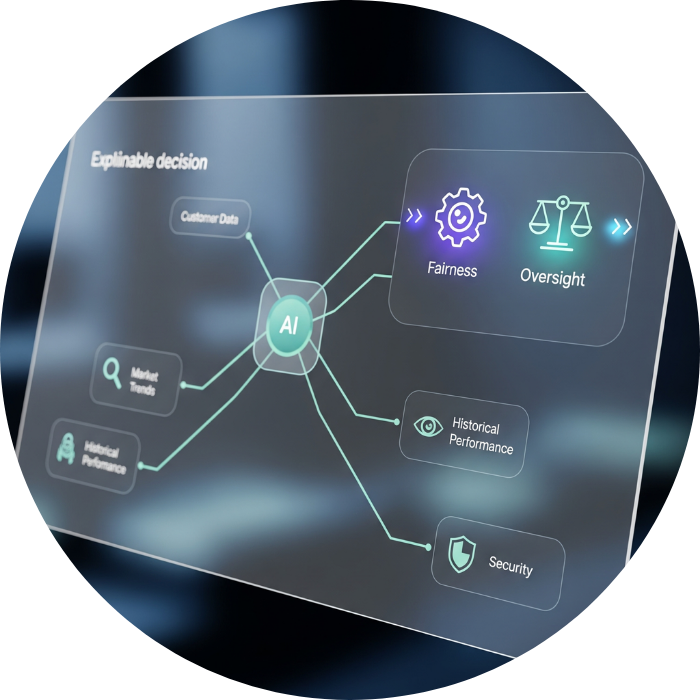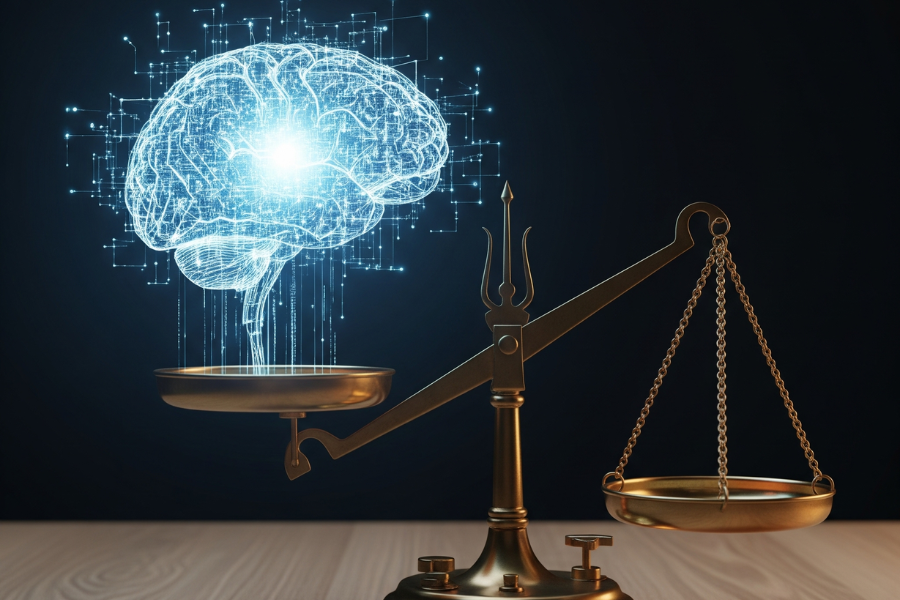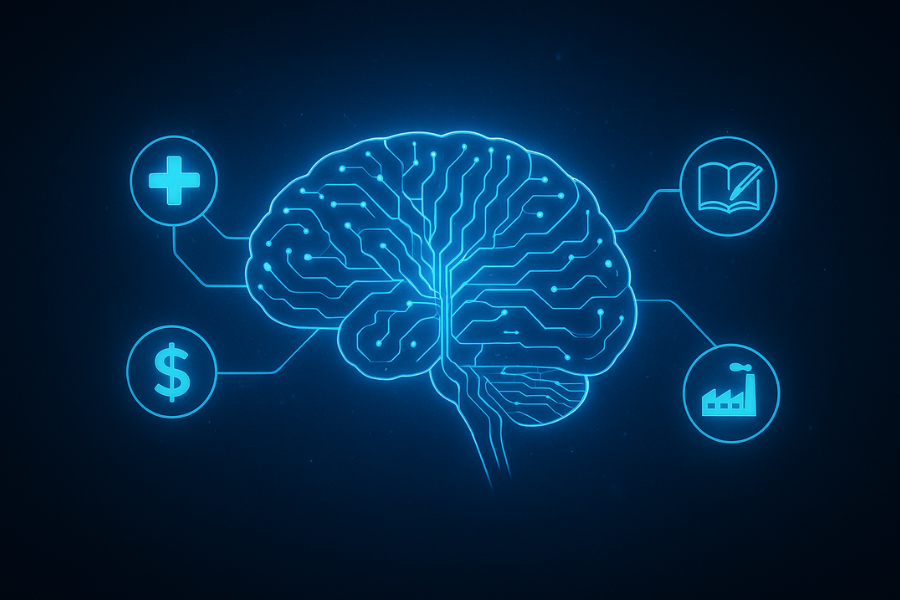Introduction
Artificial Intelligence (AI) has moved beyond research labs and is now embedded in nearly every aspect of modern society—from healthcare and finance to education, transportation, and governance. As AI systems grow more powerful, so too do the risks of bias, misuse, and overreach. To harness AI responsibly, nations must balance state-led innovation with safeguards for privacy, transparency, and social responsibility.
China, the U.S., and the European Union are all pursuing ambitious AI strategies, but their governance models differ. China emphasizes state-directed innovation, while the EU prioritizes ethics-first regulation, and the U.S. tends to rely on market-driven frameworks. The question is: how can we design governance structures that drive technological progress without sacrificing trust and accountability?
The Need for Ethical AI Governance
AI governance isn’t just a policy exercise—it’s a social contract. Without trust, even the most advanced AI systems will face resistance from citizens and industries.
Key challenges include:
Bias and Fairness: AI trained on incomplete or skewed datasets may reinforce discrimination.
Transparency: Black-box models make it difficult to understand how decisions are made.
Privacy: Personal data used in training can expose individuals to surveillance or misuse.
Accountability: Who takes responsibility when an AI-driven system makes a harmful decision?
Addressing these challenges requires governance frameworks that combine technical safeguards, legal oversight, and social engagement.
State-Led Innovation vs. Ethical Guardrails
In China, state-led initiatives have accelerated AI adoption in healthcare, finance, and urban planning. The benefits are clear: faster scaling, strong funding, and national alignment on priorities. But centralization also raises concerns about privacy and oversight.
By contrast, the EU’s AI Act focuses on risk categories, banning certain uses (like social scoring) while strictly regulating high-risk AI applications. This model emphasizes ethics, but critics argue it could slow innovation.
A balanced model should include:
State Support for Research & Infrastructure – to remain globally competitive.
Independent Oversight Committees – to monitor compliance and ensure transparency.
Public Engagement – giving citizens a voice in how AI is deployed in daily life.
Principles of Responsible AI
Ethical AI governance can be built on four foundational principles:
Transparency
AI systems should be explainable. Hospitals using diagnostic AI, for example, should be able to show why a scan was flagged as high risk.Privacy Protection
Sensitive data must be safeguarded with strong encryption, anonymization, and limits on sharing. Citizens should retain control over their personal information.Fairness and Inclusivity
AI must be tested against diverse datasets to reduce bias across gender, race, and socioeconomic backgrounds.Accountability
AI systems should operate under clear human oversight. Governments and companies must provide channels for redress when harm occurs.



Applications of Ethical AI Governance
Healthcare: AI can speed up diagnosis, but explainability ensures that doctors—not machines—make the final call. Patients gain both efficiency and trust.
Finance: AI-based credit scoring, like Ant Group’s Sesame Credit in China, needs fairness checks to avoid reinforcing inequality. Regulators can require regular audits.
Smart Cities: AI-powered traffic and surveillance systems should balance safety with privacy protections, ensuring data isn’t misused for unwarranted monitoring.
Education: Tools like iFlytek’s SparkDesk enhance learning, but strict governance ensures student data remains confidential.
Global Collaboration on AI Ethics
AI is a global technology. Data flows across borders, and models trained in one country may affect users in another. For this reason, international cooperation is crucial. Initiatives like the OECD’s AI Principles and the UN’s AI advisory bodies are important first steps, but stronger cross-border agreements are needed.
Key areas for collaboration:
Standards for Transparency – defining what “explainable AI” means globally.
Privacy Protocols – ensuring data protection across jurisdictions.
Shared Ethics Guidelines – preventing an AI “race to the bottom” where countries lower safeguards to compete.
The Role of Industry & Civil Society
Governments can’t govern AI alone. Tech companies, universities, and NGOs play vital roles in shaping AI’s future.
Industry: Must adopt ethics-by-design practices and publish transparency reports.
Academia: Provides research on fairness, interpretability, and societal impact.
Civil Society: Advocates for human rights, ensuring vulnerable groups are not overlooked.
Together, they form the checks and balances needed to prevent misuse.
Conclusion
AI has the power to redefine economies and societies, but without ethical governance, it risks deepening inequalities and eroding trust. State-led innovation ensures competitiveness, but it must be counterbalanced by transparency, privacy protections, and social responsibility.
The future of AI governance will be measured not only in patents or GDP gains, but in how well it safeguards human dignity. The nations, companies, and institutions that strike this balance will lead the way into an era of responsible AI innovation.
-Futurla






